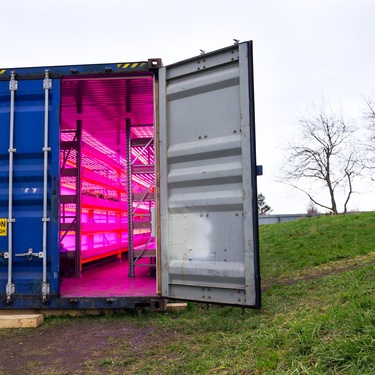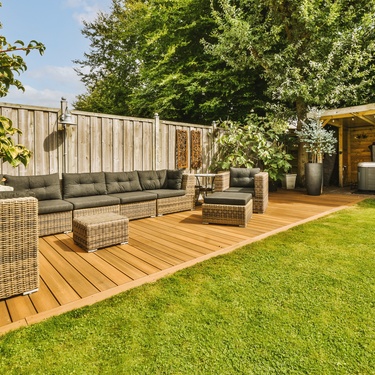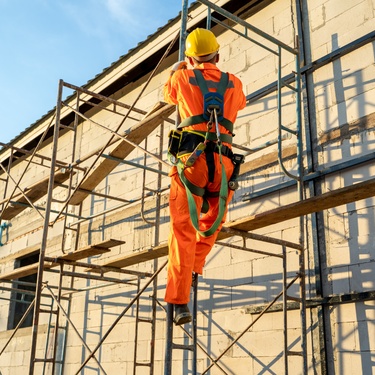
At first glance, a steel box might not scream “future of farming,” but stick with us. Shipping containers have quietly become one of the most innovative ways to grow food year-round, without needing an acre of soil or perfectly timed rain. If you're a farmer, gardener, or curious first-timer, understanding why shipping containers offer a controlled growing setting could reshape how you think about agriculture.
Essentially, storage containers allow you to grow crops almost anywhere, at virtually any time, and they do it in a space that you can tweak, tailor, and upgrade as needed. But before you turn that 40-foot box into a basil paradise, let’s talk logistics.
What You’re Actually Controlling
One of the biggest advantages of container farming is the ability to regulate everything: temperature, lighting, airflow, humidity—you name it. Unlike traditional setups, the growing environment remains constant even when the weather changes. That means fewer pests, fewer diseases, and fewer excuses from the lettuce.
Ventilation systems can be installed to keep air circulating, insulation helps regulate internal temperature, and LED grow lights replace that long wait for spring. Add sensors or smart systems, and suddenly you’re not just farming—you’re farming in the future.
Big Control, Small Footprint
Managing a full-sized farm is akin to wrestling a bear. Managing a container grow system? More like walking a well-trained dog. You still have to put in the effort, but the chaos is mostly, well, contained.
You also have the flexibility to place your setup wherever zoning allows—whether in an urban lot, backyard, or rural plot—and relocate it if necessary. That’s a significant benefit for growers seeking to expand without incurring a second mortgage.
A Bit of Basic Upkeep
Now, let's address the metal elephant in the room: maintenance. While shipping containers are sturdy, they’re not immune to the effects of time and moisture. And when moisture shows up, rust isn’t far behind.
That’s where a little attention to rust prevention and treatment tips for shipping containers comes in handy. We're not talking about a full-time job here, just smart prevention to keep your space clean, safe, and growing strong. If your container is properly sealed, ventilated, and regularly checked, there’s very little that’ll get in the way of a thriving setup.
Bottom line? These aren’t deal-breakers. They’re minor speed bumps in an otherwise very smooth growing operation.
Farming’s Best-Kept Secret
Here’s the truth: the best benefit of using shipping containers for controlled growing environments is that they give growers freedom. Freedom from unpredictable weather. Freedom from soil quality limitations. And, in many ways, freedom from the overhead and pressure that comes with managing large-scale land.
With a bit of maintenance and a lot of possibility, these boxes aren't containers; they're custom ecosystems. It turns out that all your plants really need is a little space, some love, and four steel walls.
Bio: Casey is a passionate copyeditor highly motivated to provide compelling SEO content in the digital marketing space. Her expertise includes a vast range of industries from highly technical, consumer, and lifestyle-based, with an emphasis on attention to detail and readability.

























